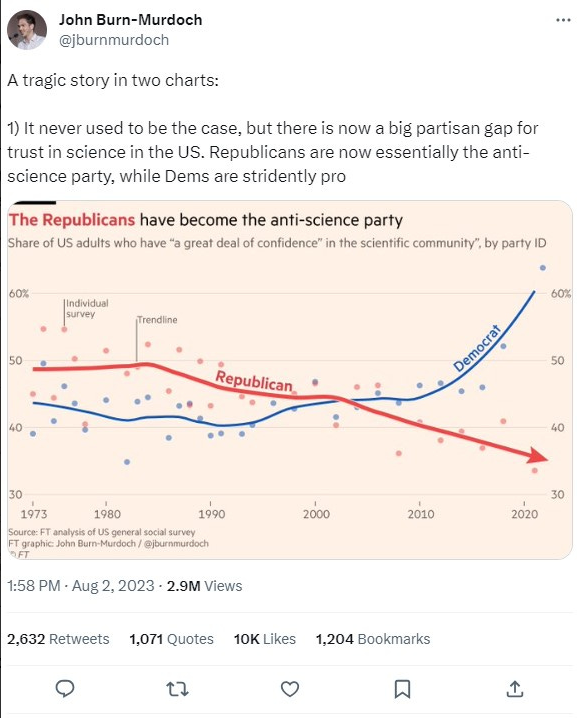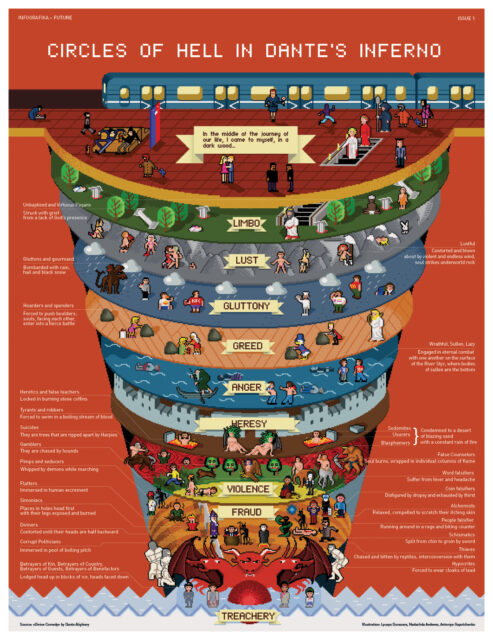 So this is actually a really interesting question that we need to break into two parts: what do historians do with dates that are at least premised on the Roman calendar and then what do we do with dates that aren’t.
So this is actually a really interesting question that we need to break into two parts: what do historians do with dates that are at least premised on the Roman calendar and then what do we do with dates that aren’t.
Now the Roman calendar is itself kind of a moving target, so we can start with a brief history of that. At some very early point the Romans seem to have had a calendar with ten months, with December as the last month, March as the first month and no January or February. That said while you will hear a lot of folk history crediting Julius Caesar with the creation of two extra months (July and August) that’s not right; those months (called Quintilis and Sextilis) were already on the calendar. By the time we can see the Roman calendar, it has twelve months of variable lengths (355 days total) with an “intercalary month” inserted every other year to “reset” the calendar to the seasons. That calendar, which still started in March (sitting where it does, seasonally, as it does for us), the Romans attributed to the legendary-probably-not-a-real-person King Numa, which means in any case even by the Middle Republic it was so old no one knew when it started (Plut. Numa 18; Liv 1.19.6-7). The shift from March to January as the first month in turn happens in 153 (Liv. Per. 47.13), probably for political reasons.
We still use this calendar (more or less) and that introduces some significant oddities in the reckoning of dates that are recorded by the Roman calendar. See, because the length of the year (355 days) did not match the length of a solar year (famously 365 days and change), the months “drifted” over the calendar a little bit; during the first century BC when things were so chaotic that intercalary months were missed, the days might drift a lot. This problem is what Julius Caesar fixed, creating a 365 day calendar in 46; to “reset” the year for his new calendar he then extended the year 46 to 445 days. And you might think, “my goodness, that means we’d have to convert every pre-45 BC date to figure out what it actually is, how do we do that?”
And the answer is: we don’t. Instead, all of the oddities of the Roman calendar remain baked into our calendar and the year 46 BC is still reckoned as being 445 days long and thus the longest ever year. Consequently earlier Roman dates are directly convertible into our calendar system, though if you care what season a day happened, you might need to do some calculating (but not usually because the drift isn’t usually extreme). But in expressing the date as a day, the fact that the Gregorian calendar does not retroactively change the days of the Julian calendar, which also did not retroactively change the days of the older Roman calendar means that no change is necessary.
Ok, but then what year is it? Well, the Romans counted years two ways. The more common way was to refer to consular years, “In the year of the consulship of X and Y.” Thus the Battle of Cannae happened, “in the year of the consulship of Varro and Paullus,” 216 BC. In the empire, you sometimes also see events referenced by the year of a given emperor. Conveniently for us, we can reconstruct a complete list of all of the consular years and we know all of the emperors, so back-converting a date rendered like this is fairly easy. More rarely, the Romans might date with an absolute chronology, ab urbe condita (AUC) – “from the founding of the city”, which they imagined to have happened in in 753 BC. Since we know that date, this also is a fairly easy conversion.
Non-Roman dates get harder. The Greeks tend to date things either by serving magistrates (especially the Athenian “eponymous archon”, because we have so many Athenian authors) or by Olympiads. Olympiad dates are not too bad; it’s a four-year cycle starting in 780 BC, so we are now in the 700th Olympiad. Archon dates are tougher for two reasons. First, unlike Roman consuls, we have only a mostly complete list of Athenian archons, with some significant gaps. Both dates suffer from the complication that they do not line up neatly with the start of the Roman year. Olympiads begin and end in midsummer and archon years ran from July to June. If we have a day, or even a month attached to one of these dates, converting to a modern Gregorian calendar date isn’t too bad. But if, as is often the case, all you have is a year, it gets tricky; an event taking place “in the Archonship of Cleocritus” (with no further elaboration) could have happened in 413 or 412. Consequently, you’ll see the date (if there is no month or season indicator that lets us narrow it down), written as 413/2 – that doesn’t mean “in the year two-hundred and six and a half” but rather “413 OR 412”.
That said, with a complete list of emperors, consuls and Olympiads, along with a nearly complete list of archons, keeping the system together is relatively easy. Things get sticky fast when moving to societies using regnal years for which we do not have complete or reliable king’s lists. So for instance there are a range of potential chronologies for the Middle Bronze Age in Mesopotamia. I have no great expertise into how these chronologies are calculated; I was taught with the “Middle” chronology as the consensus position and so I use that and aim just to be consistent. Bronze Age Egyptian chronology has similar disputes, but with a lot less variation in potential dates. Unfortunately while obviously I have to be aware of these chronology disputes, I don’t really have the expertise to explain them – we’d have to get an Egyptologist or Assyriologist (for odd path-dependent reasons, scholars that study ancient Mesopotamia, including places and cultures that were not Assyria-proper are still called Assyriologists, although to be fair the whole region (including Egypt!) was all Assyria at one point) to write a guest post to untangle all of that.
That said in most cases all of this work has largely been done and so it is a relatively rare occurrence that I need to actually back convert a date myself. It does happen sometimes, mostly when I’m moving through Livy and have lost track of what year it is and need to get a date, in which case I generally page back to find the last set of consular elections and then check the list of consuls to determine the date.
Bret Devereaux, “Referenda ad Senatum: January 13, 2023: Roman Traditionalism, Ancient Dates and Imperial Spies”, A Collection of Unmitigated Pedantry, 2023-01-13.






